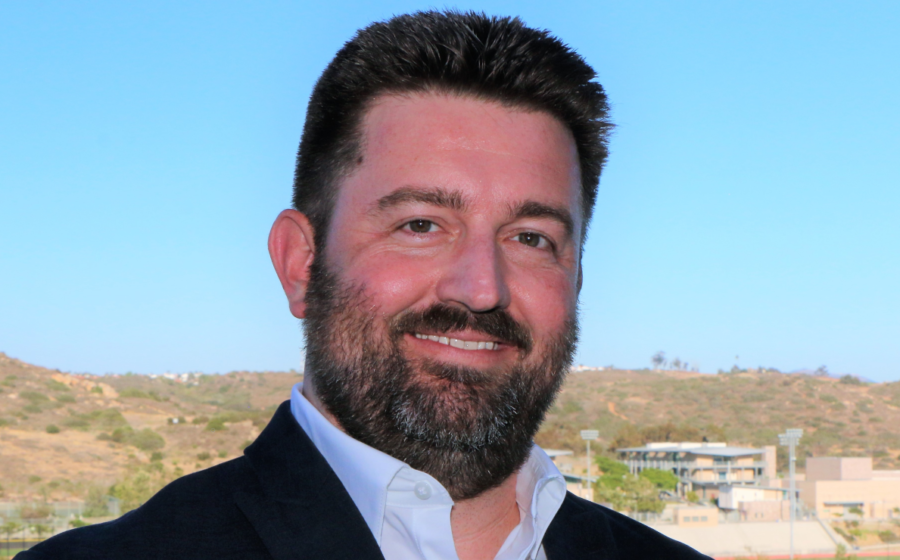Scott Davison (Area 5)
Lancer Link: Do you believe it’s important for ALL students to have access to mental health resources on campus? What would you do to ensure these resources remain available to all students?
Scott Davison: The District received an enormous amount of financial support to help students recover from our prolonged school closures, whether academically, socially or emotionally. As a Board member, I would push for the District to commit to maintaining or increasing the number of counselors and mental health services until we are confident that we have helped as many students as we can.
LL: A significant amount of CHS classes have over 35 students per period. Do you believe that this class size is ideal for a healthy learning environment? If not, what would you do to change it?
SD: Yes, smaller class sizes create better learning environments. One of the reasons I’m running is because my opponent, who works for the teachers union, prioritizes teacher compensation and benefits over smaller class sizes, and I believe our Board should prioritize the needs of the students over those of the union. The District just gave the union a $6M raise, but class sizes in almost all grades will remain the same. That’s why it’s important to have school boards who aren’t employed by or have their campaigns primarily funded by the unions – someone on the Board is supposed to fight for the needs of the students.
LL: “From July 2021 to June 2022, PEN America’s Index of School Book Bans lists 2,532 instances of individual books being banned, affecting 1,648 unique book titles,” (PEN America). What will you do to ensure students have access to a diverse and inclusive curriculum in CUSD high schools?
SD: Many of us learned valuable lessons about the consequences of censorship during the pandemic. For example, our schools were closed in September 2020 because we were told that our classes needed 6 feet of spacing between desks. The CDC has now admitted that they made that number up (which we proved back in March 2021 in our lawsuit to reopen our schools), but at the time, the government and even our school district refused to allow other viewpoints to be heard, so our schools remained closed for over a year based on fabricated science. The same analogy applies to books – we should give students access to all different viewpoints and perspectives and teach them to think critically and understand the other side of an issue, not suppress or censor one viewpoint.
LL: Do you think the workload at CUSD high schools has a negative effect on teenagers? What ideas do you have to help students manage high academic expectations?
SD: Students today are balancing an enormous amount of activities and responsibilities with the expectation that this will lead to college and career success, but we’re not delivering on what we’re promising. California students are still recovering from losing out on 2 years worth of childhood experiences that many kids in other states never lost, so we need to focus on restoring childhood by adjusting our expectations and providing them with everything they need – both academically, socially and emotionally.
LL: Half of all high school students have used marijuana products (CDC). Over 10% of California teens have reported using drugs in the past month (National Center for Drug Abuse Statistics). How do you plan to address alcohol and drug use amongst CUSD high school students?
SD: The increase in the use of recreational drugs is likely a symptom of the stress we’ve placed on our students for the past few years. Students were subjected to the harshest restrictions but were always at the least risk, which is evidence of a society that doesn’t value children. We owe it to our kids to fix our priorities and put the needs of students above those of adults, devote mental health resources to all our kids, and help them catch up academically to relieve their stress and anxiety, which will also decrease their desire to turn to drugs and alcohol as a coping mechanism.
LL: What ideas do you have to ensure that all students feel safe and respected on campus?
SD: Too often the message of inclusion has turned into a hostile and harmful message that is actually creating further division instead of building unity. If we’re really going to build campuses where all students feel safe and respected, we need to foster dialogue and allow all students from all perspectives to share their views on what they need to feel safe. We can then use that dialogue to build trust and understanding between both sides of any issue, and truly create safe spaces for all.
